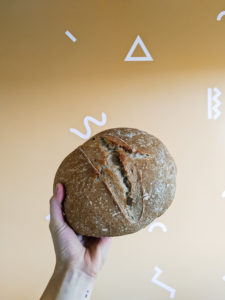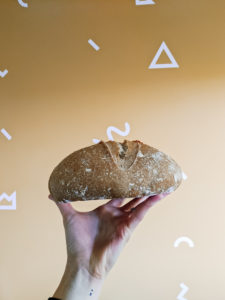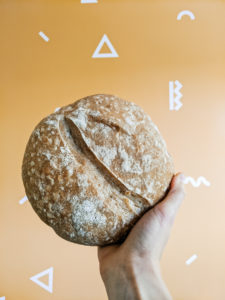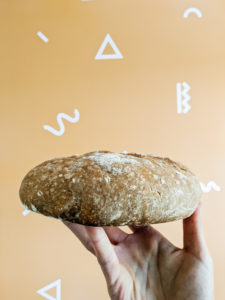Using video as a learning tool can be a great way to engage student and present info that may be difficult or not as exciting to present otherwise.
Presenting classes via pre-recorded video also allows students to review lessons afterwards, and re-watching can help clarify info for those who may not be comfortable asking questions aloud.
I’ve listed below some ways in which video can be used as a helpful, learning tool to help boost a lesson.
Helps answer questions
Like the 1878 clip of the horse running, video can help us gain the tools to speed up, slow down, manipulate, or see from a different perspective things that would be difficult to know otherwise.
Before this recording, people were unsure whether or not a running horse ever had all hooves off the ground at once. Using a series of photographs to create a video, they were able to show that this was the case.
Captions
A huge part of making a classroom inclusive is making sure that learning resources are available for all students. Using a video with captions is a hugely helpful way for those who are hard of hearing or Deaf to be able to learn and participate in the lesson at hand. These captions can be added by the content creator, or if the video is being uploaded on Youtube, there’s a handy tool that creates (mostly) accurate captions for you.
Additionally, it’s important to note that captions can be useful for all learners. Hearing the audio while reading along is a good practice for reading skills and helps in taking in the info being presented.
Read-a-long
In a similar vein, read-a-long stories allow student to read along to stories while watching the pictures on the screen. Some read-a-longs offer highlighted words to follow and animations.
Timelapses
These are a fun way to show something that would take too long to show in class, but is significant to know.
Screencasts
Screencasts are videos of someone talking over a separate screen (ex: a powerpoint presentation or animated clip). These are useful if explaining diagrams, charts, or images. They also handy in explaining processes for detailed written works like math equations. Khan Academy is a popular, but well done example of using these effectively.



